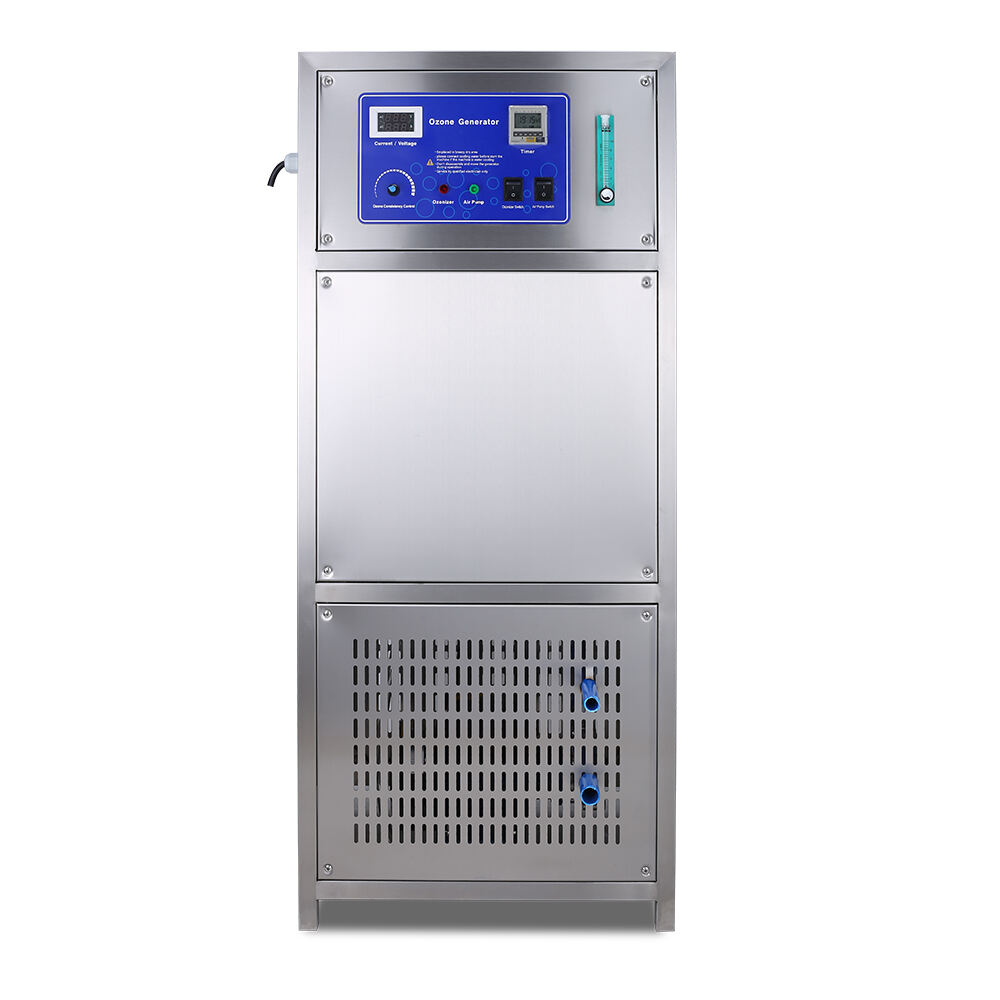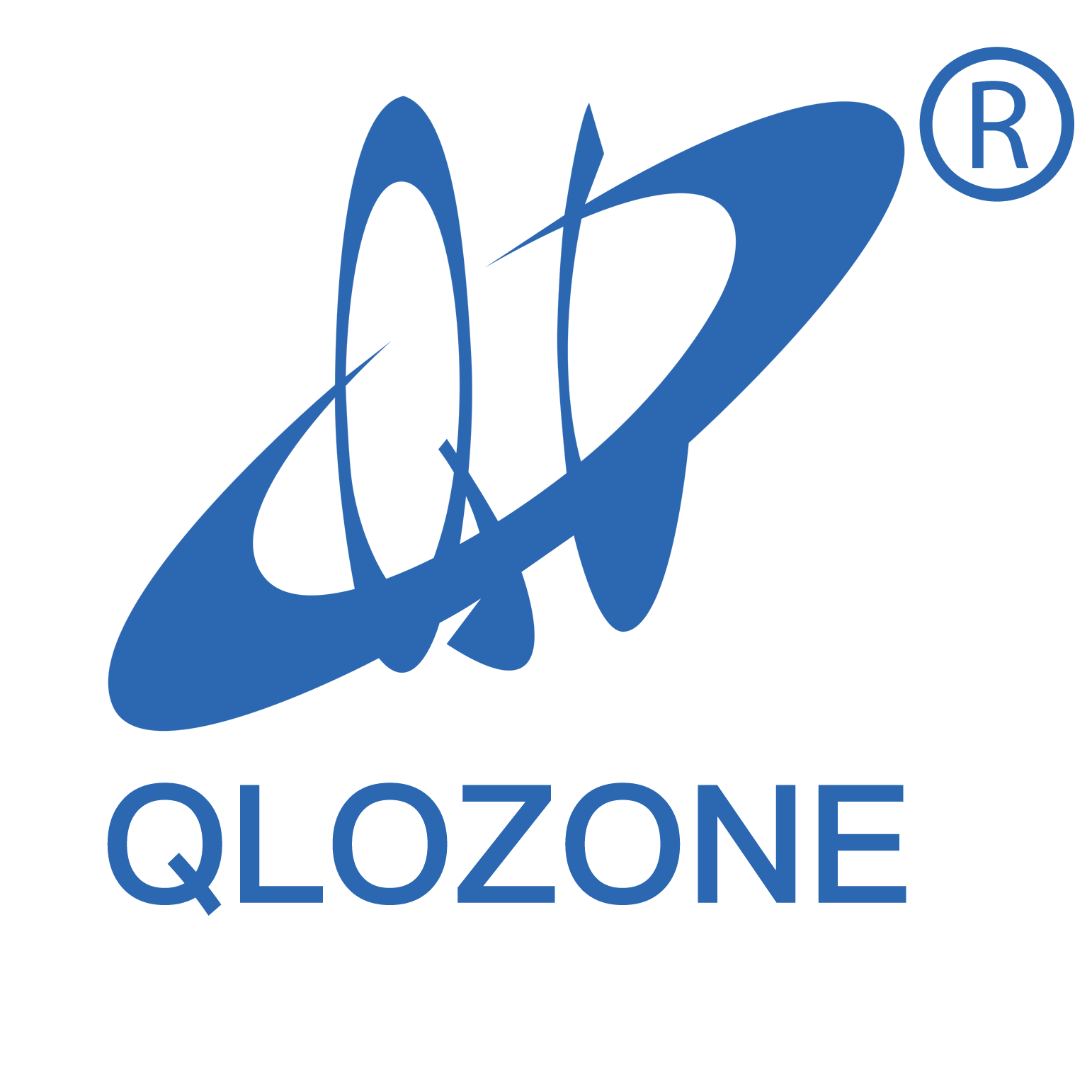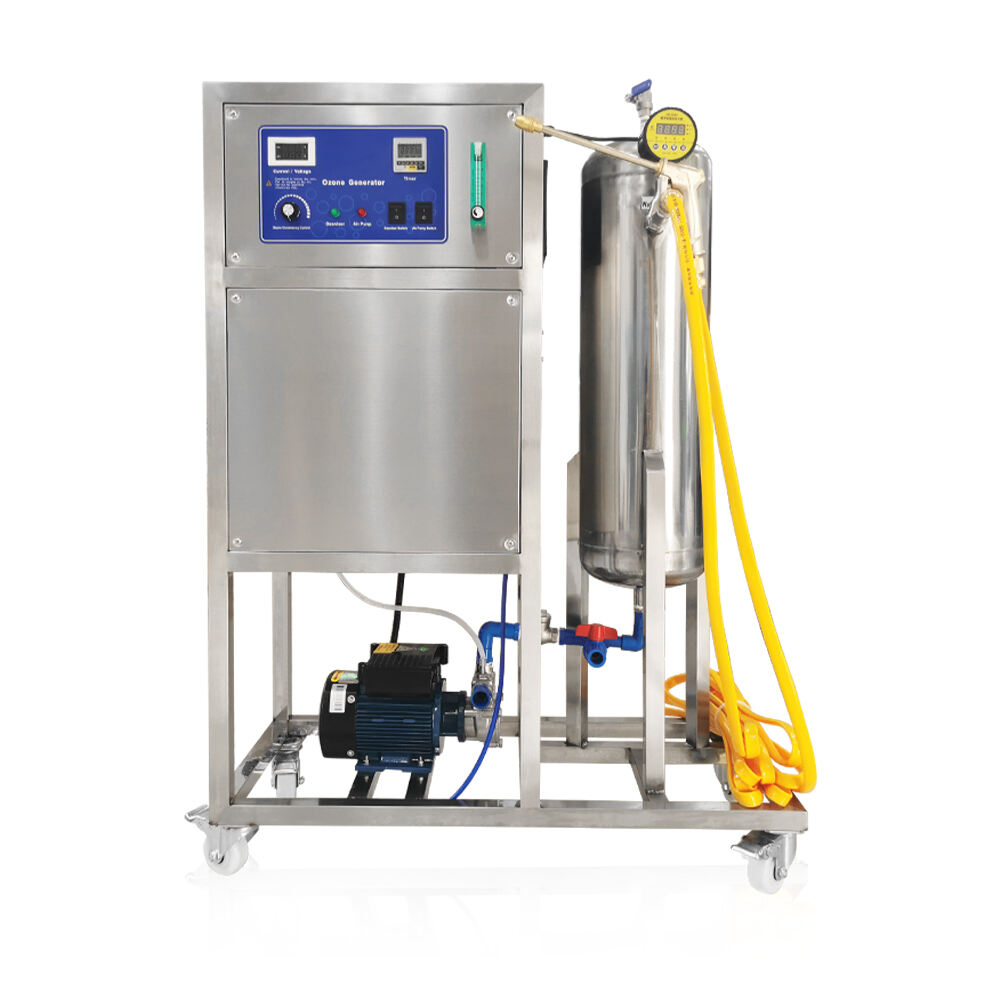오존 기반 수처리 정화의 힘 이해하기
깨끗하고 안전한 물은 우리 일상생활에 필수적이며, 오존수 시스템 오늘날 이용 가능한 가장 첨단이자 효과적인 수처리 방법 중 하나를 대표합니다. 이러한 혁신적인 시스템은 세 개의 산소 원자로 구성된 분자인 오존의 자연적인 힘을 활용하여 유해한 오염물질을 제거하고 다양한 용도로 맑고 안전한 물을 제공합니다. 오존 수처리 시스템의 정교한 작동 방식을 살펴보면서 이 기술이 왜 가정용 및 상업용 분야에서 점점 더 인기를 얻고 있는지 알 수 있을 것입니다.
오존수 시스템의 원리는 매우 흥미롭고 실용적입니다. 수처리 공정에 통합되었을 때, 이러한 시스템은 오존을 필요에 따라 생성하여 직접 급수에 주입합니다. 그 결과 강력한 산화제가 생성되어 박테리아, 바이러스 및 기타 유해 미생물을 효과적으로 제거하고 화학 오염물질을 분해합니다. 이 자연적인 정화 과정은 유해 잔여물을 남기지 않으므로 환경 친화적인 수처리 방법으로 각광받고 있습니다.

오존수 정화의 과학적 원리
화학 구조와 생성 과정
오존수 시스템의 핵심은 오존 생성 과정에 있습니다. 자외선(UV) 또는 코로나 방전 기술을 사용하여 일반 산소 분자(O2)를 개별 산소 원자로 분리한 후, 이 원자들이 재결합하여 오존(O3)을 형성합니다. 이 불안정하지만 강력한 분자가 오존수 시스템의 뛰어난 정화 능력을 만들어냅니다.
오존의 생성은 오존수 시스템 내 특수한 챔버에서 발생하며, 이곳에서 제어된 전기 방전 또는 자외선(UV) 복사가 오존 생성에 이상적인 조건을 만들어냅니다. 이 과정은 물이 시스템을 흐를 때 지속적으로 일어나 정화용 오존을 끊임없이 공급합니다.
산화 과정 및 오염물 제거
오존이 수중 오염물질과 접촉하면 정교한 산화 과정이 시작됩니다. 이 반응은 유해 물질을 분자 수준에서 분해하여 다양한 오염물질을 효과적으로 파괴하거나 비활성화시킵니다. 오존 분자의 세 번째 산소 원자는 쉽게 분리되어 오염물질에 결합함으로써 그 구조를 근본적으로 변화시키고 무해하게 만듭니다.
오존의 산화력은 염소와 같은 기존 정수 처리 화학 물질보다 훨씬 높아, 강력한 오염물질 제거에 탁월한 효과를 발휘합니다. 이 강력한 산화력은 물의 본래 맛과 수질을 유지하면서도 철저한 정화를 보장합니다.
현대 오존 수처리 시스템의 주요 구성 요소
오존 발생기 기술
오존 발생기는 모든 오존 수처리 시스템의 핵심입니다. 현대 시스템은 오존을 효율적이고 신뢰성 있게 생성하기 위해 최첨단 기술을 활용합니다. 가장 일반적인 형태인 코로나 방전 방식 발생기는 고전압 전기 방전을 이용해 산소를 오존으로 전환하며, UV 발생기는 특수 자외선 램프를 사용하여 동일한 결과를 얻습니다.
이러한 발생기들은 수류량과 수요에 따라 오존 생성량을 모니터링하고 조절하는 정교한 제어 시스템으로 설계되었습니다. 이를 통해 에너지 효율성과 시스템 수명을 유지하면서도 최적의 정수 성능을 보장합니다.
주입 및 혼합 시스템
효과적인 오존 분포는 적절한 수처리를 위해 매우 중요합니다. 첨단 주입 시스템은 벤츄리 주입기 또는 기포 확산기를 사용하여 오존을 수류에 주입합니다. 이러한 구성 요소들은 오존의 용해도를 극대화하고 급수 전반에 걸쳐 철저한 혼합을 보장하도록 설계되었습니다.
혼합실 설계는 오존과 물 사이의 적절한 접촉 시간을 유지하여 완전한 처리를 보장하는 데 중요한 역할을 합니다. 최신 시스템에서는 일반적으로 정적 혼합기나 접촉 탱크를 도입하여 이 핵심 공정을 최적화합니다.
이점 및 응용 프로그램
환경적 이점
오존 수처리 시스템은 환경 지속 가능성 측면에서 큰 진전을 의미합니다. 화학적 처리 방법과 달리 오존은 자연적으로 산소로 분해되어 유해 부산물이나 잔류 화학물질을 물이나 환경에 남기지 않습니다. 따라서 오존 수처리 시스템은 수질 정화를 위한 환경적으로 책임 있는 선택입니다.
화학 물질의 저장 및 취급에 대한 필요성이 줄어들면서 전통적인 수처리 방법과 관련된 환경적 위험도 최소화됩니다. 또한, 현대 오존수 시스템의 에너지 효율적인 작동은 탄소 배출량 감소에 기여합니다.
상업 및 산업 응용 프로그램
오존수 시스템의 다목적 활용성은 다양한 상업용 및 산업용 응용 분야에 이상적입니다. 식품 가공 시설에서 냉각탑에 이르기까지 이러한 시스템은 엄격한 규제 요건을 충족하면서 운영 비용을 절감하는 신뢰할 수 있는 수처리 솔루션을 제공합니다.
호텔업계에서는 오존수 시스템이 세탁 작업에 점점 더 많이 사용되며, 온수와 화학물질 사용을 줄이면서도 우수한 소독 효과를 제공합니다. 제조 시설은 제품 품질에 영향을 줄 수 있는 유해 화학물질을 추가하지 않고 공정용수를 처리할 수 있는 오존의 능력에서 이점을 얻습니다.
정비 및 시스템 돌봄
정기 모니터링 절차
오존수 시스템의 최적 성능을 유지하려면 정기적인 모니터링과 핵심 매개변수에 대한 주의가 필요합니다. 시스템 운영자는 오존 농도, 수압 유량 및 전체 시스템 성능을 정기적으로 점검하여 일관된 정화 효과를 보장해야 합니다.
최신 시스템은 종종 자동 모니터링 기능을 포함하여 시스템 작동 상태에 대한 실시간 데이터를 제공하고 주의가 필요한 문제 발생 시 운영자에게 경고를 알립니다. 이러한 능동적인 접근 방식은 시스템 고장을 예방하고 지속적인 수질 정화를 보장하는 데 도움이 됩니다.
예방적 유지보수 일정
오존수 시스템의 수명과 신뢰성을 확보하려면 철저한 유지보수 계획이 필수적입니다. 인젝터 및 접촉 챔버를 포함한 시스템 구성 요소에 대한 정기적인 점검 및 청소는 성능 저하를 방지하고 일관된 수질을 유지하는 데 기여합니다.
O링 및 체크 밸브와 같은 마모 부품의 교체는 제조업체의 권장 사항에 따라 수행되어야 합니다. 이러한 예방 조치를 통해 예기치 못한 시스템 가동 중단을 방지하고 최적의 정수 효율을 유지할 수 있습니다.
자주 묻는 질문
오존 수처리 시스템의 수명은 얼마나 되나요?
정기적인 관리가 이루어진 오존 수처리 시스템은 일반적으로 10~15년 정도 사용할 수 있습니다. 실제 수명은 사용 빈도, 수질 및 정비 주기 준수 여부에 따라 달라질 수 있습니다. 정기적인 유지보수와 마모 부품의 적시 교체를 통해 시스템 수명을 크게 연장할 수 있습니다.
오존 처리된 물을 마셔도 안전한가요?
예, 오존 수처리 시스템으로 처리된 물은 마시기에 완전히 안전합니다. 오존은 빠르게 산소로 분해되며 유해 잔여물을 남기지 않습니다. 실제로 오존 처리는 기존의 화학 약품 처리 방법에 비해 물의 맛과 투명도를 개선하는 경우가 많습니다.
오존이 염소보다 더 효과적인 이유는 무엇인가요?
오존은 염소보다 더 높은 산화력을 가지고 있으며, 더 다양한 오염물질에 대해 더 빠르게 작용하고 잔류 화학물질을 남기지 않기 때문에 염소보다 효과적입니다. 염소와 달리 오존은 유해한 소독 부산물을 생성하지 않으며 물의 맛과 냄새에 영향을 주지 않습니다.

